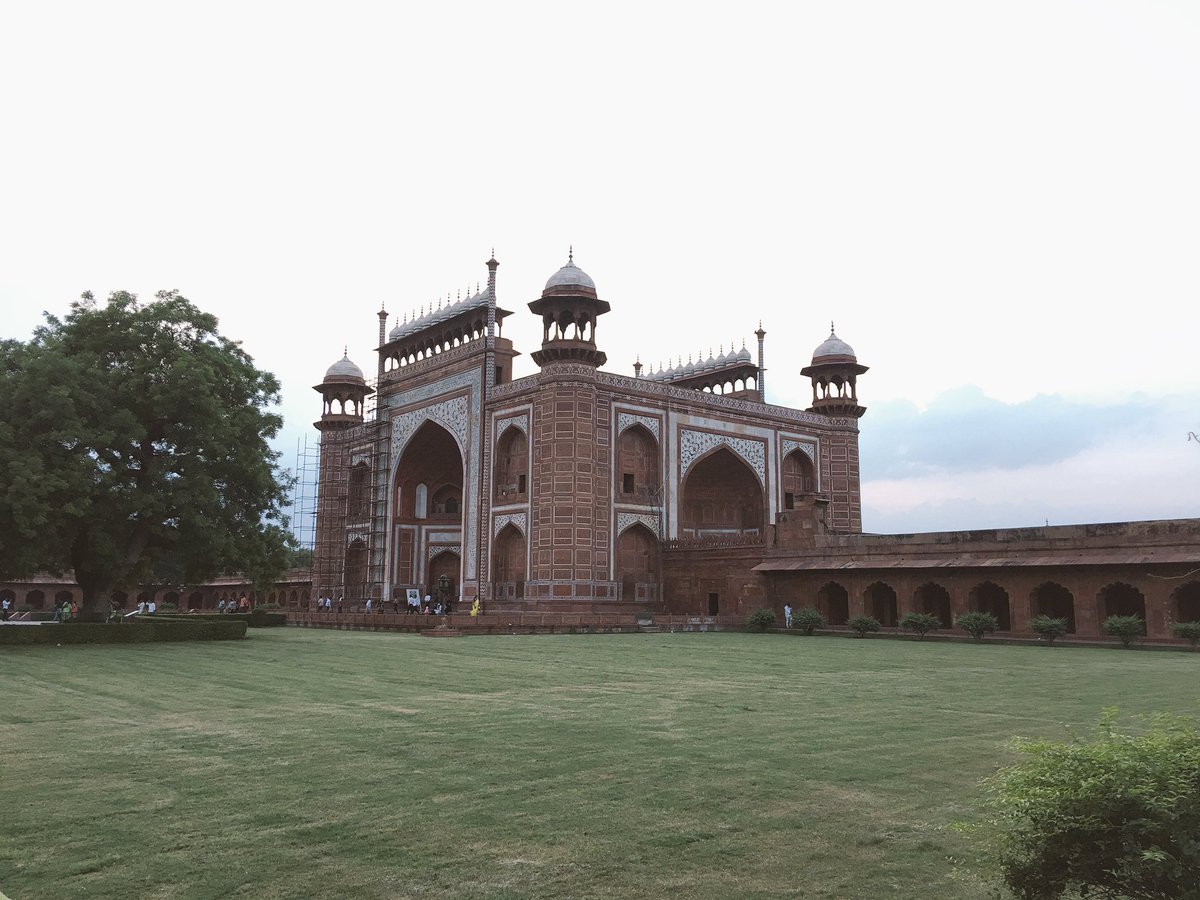
Sam Dalrymple @SamDalrymple123 and I decided to explore and collaborate on documenting the mandirs made in the Mughal Era in Delhi itself.
The series written by Sam :
In the last few days we've been hearing a lot about the temples that were destroyed under Mughal rule
1/
The series written by Sam :
In the last few days we've been hearing a lot about the temples that were destroyed under Mughal rule
1/

Its right to highlight this, but what's missing from this picture is the many temples BUILT by the Mughals. People are often suprised to learn that over 100 #MughalMandirs survive in Old Delhi. Over the next few days we will be sharing a handful of these with you.
2/
2/

Mughal Mandir #1
This is the Ghanteshwar Mahadev Shivalaya, built under the rule of the last Mughal Emperor, Bahadur Shah Zafar. It can be found in 'Katra Neel', which was the epicentre of Shajahanabad's shaivite community.
3/
This is the Ghanteshwar Mahadev Shivalaya, built under the rule of the last Mughal Emperor, Bahadur Shah Zafar. It can be found in 'Katra Neel', which was the epicentre of Shajahanabad's shaivite community.
3/

The image of Shiva on the front is based on Raja Ravi Varma's famous painting from a few decades later, implying that these are not the original paintings
4/
4/

Ghanteshwar temple was built over a much older shivling - possibly the oldest in Delhi. Scholars like Mahamahopadyaya Banke Rai and Zafar Hasan have argued that the lingam might be the same 'Visveswara lingam of Vidyapura' mentioned in the Saubhare Samhita and the Padma Purana
5/
5/

Certainly the Shaivite locality of Katra Neel was known as Vidyapura before the building of Shajahanabad
6/


6/



For more information read "Shahjahanabad: The Living City of Old Delhi" by Rana Safvi
& Catherine B Asher's "Mapping Hindu-Muslim Identities through the Architecture of Shahjahanabad and Jaipur"
n/
& Catherine B Asher's "Mapping Hindu-Muslim Identities through the Architecture of Shahjahanabad and Jaipur"
n/
• • •
Missing some Tweet in this thread? You can try to
force a refresh


















